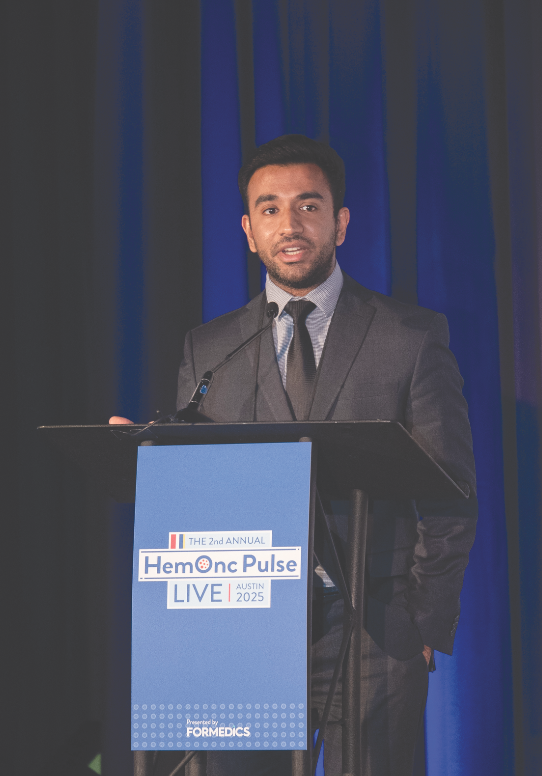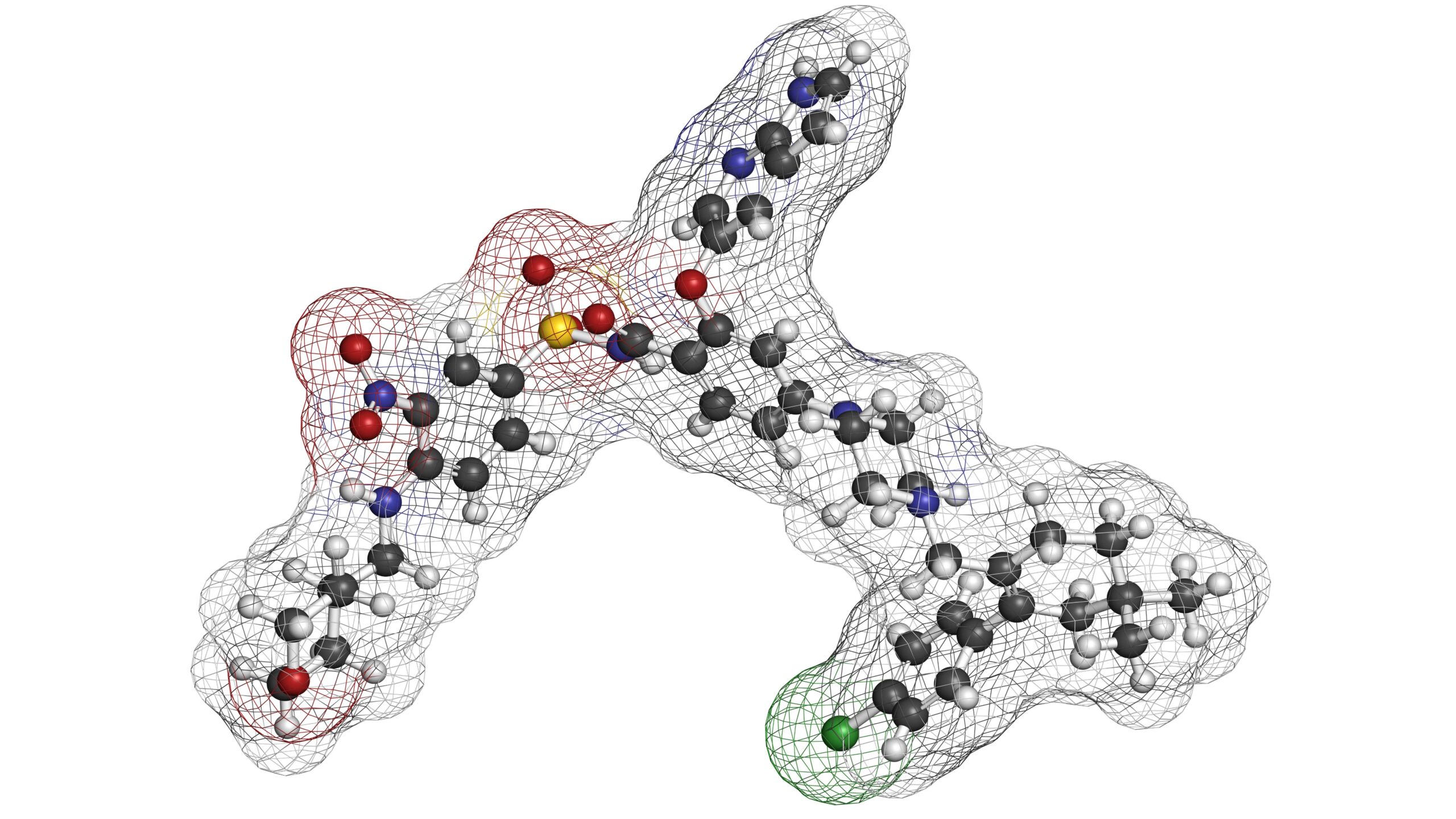
IDH mutations were “strongly correlated with increased age” in patients with acute myeloid leukemia (AML) and did not “abrogate the favorable prognostic impact” of mutated NPM1 in patients younger than 60 years, according to a recent study.
Sara Zarnegar-Lumley, MD, MS, of Vanderbilt University Medical Center, and colleagues conducted the research to describe the “prevalence, mutational profile, and prognostic significance” of IDH mutations in across age groups in patients with AML.
The study retrospectively analyzed 3,141 patients who were aged less than one month to 88 years old. The patients included were from the Children’s Cancer Group/Children’s Oncology Group (n=1,872), Southwest Oncology Group (n=359), Eastern Cooperative Oncology Group (n=397) trials, and in the Beat AML (n=333) and Cancer Genome Atlas (n=180) genomic characterization cohorts.
The researchers split the patients into four age groups, including a pediatric group for those aged up to 17 years (n=1,744), an adolescent and young adult group for those aged 18 to 39 years (n=444), an intermediate group for those aged 40 to 59 years (n=640), and an older group for those aged 60 years and older (n=309).
IDH mutations occurred in 9.2% of the total cohort. Within those patients, 57.3% had mutated IDH2 and 42.7% had mutated IDH1. Mutations in IDH were “strongly correlated with increased age,” according to the study’s authors. The mutations occurred in 21% of the older group and in 3.4% of the pediatric group (P<.001).
Patients with wild-type IDH and mutated IDH had “similar” outcomes, the study’s authors wrote. The event-free survival (EFS) rate was 40% in patients with wild-type IDH and was 35.6% in those with mutated IDH (P=.368). The overall survival (OS) rate was 55.4% in patients with wild-type IDH and was 50.3% in those with mutated IDH (P=.196).
The researchers also investigated mutations that accompanied IDH mutations, finding co-occurring NPM1 mutations in 47.2% of patients, co-occurring DNMT3A mutations in 29.3%, and co-occurring FLT3-internal tandem duplication mutations in 22.4%.
Patients with co-occurring IDH and NPM1 mutations had “significantly improved survival compared with the poor outcomes experienced by patients without,” the study’s authors wrote. The EFS rate was 55.1% in patients with co-occurring IDH and NPM1 mutations, significantly higher than the rate of 17% in those with mutated IDH and wild-type NPM1 (P<.001). The OS rate was 66.5% in patients with co-occurring IDH and NPM1 mutations, nearly double the rate of 35.2% in those with mutated IDH and wild-type NPM1 (P<.001).
“Age group analysis demonstrated that IDH mutations did not abrogate the favorable prognostic impact of NPM1 [mutation] in patients aged <60 years; older patients had poor outcomes regardless of NPM1 status,” Dr. Zarnegar-Lumley and colleagues concluded.
Reference
Zarnegar-Lumley S, Alonzo TA, Gerbing RB, et al. Characteristics and prognostic impact of IDH mutations in AML: a COG, SWOG, and ECOG analysis. Blood Adv. 2023;7(19):5941-5953. doi:10.1182/bloodadvances.2022008282






 © 2025 Mashup Media, LLC, a Formedics Property. All Rights Reserved.
© 2025 Mashup Media, LLC, a Formedics Property. All Rights Reserved.